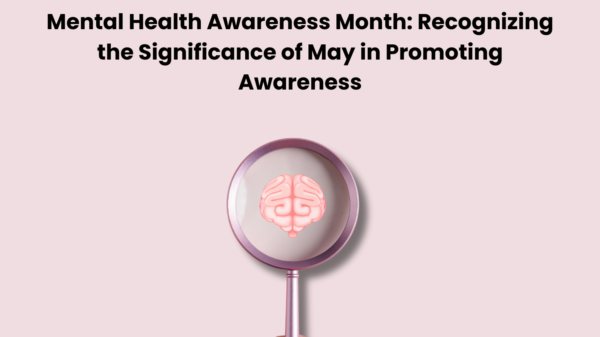There are many things in life that we vaguely hear or talk about but don’t really know the ins and outs of. For many of us, that includes topics like 401(k)s, share investing, heart health, taxes, veganism, the literary classics, and so much more.
Something else to add to the list is blood donations. If you’ve never given your blood before, this may sound intimidating or gross, but there’s much more to this task than meets the eye.
What is a Blood Donation?
A blood donation is a safe and simple procedure where a donor gives a blood product. This blood, whether whole blood, red blood cells, plasma, or platelets, is drawn via a needle. These donations occur at a special blood donation center, a blood bank, a hospital, or through mobile facilities. The time taken to donate blood depends on the type of donation. Whole blood or plasma blood donation takes around an hour, while a platelet donation takes two to three hours.
Why and When There’s a Need for Blood Donations
There is always a need for volunteers to donate blood because blood is constantly necessary to transfuse into people. Whole blood is typically given to those undergoing surgery or who have been through trauma such as accidents and have lost a lot of blood.
A concentrated dose of red blood cells may be given to trauma patients, newborns, new mothers needing an emergency transfusion, people with sickle cell anemia, and anyone else suffering significant blood loss. A plasma donation treats patients in emergency situations, while platelets, the tiny cells that form clots and stop bleeding, are generally used by cancer patients and other people with life-threatening illnesses or injuries.
Advantages of Giving Blood
There are many positives to giving blood. Feel good knowing your blood can save up to three lives and help those with various conditions and injuries, including transplant patients and those with an inherited blood disorder. Blood donations are also used in medical treatment development and testing clinics to help bring new medications to the market. As such, you can enjoy a sense of satisfaction knowing you’re helping your community.
There are other reasons to give your blood. For example, you get a free mini-physical before a donation because you undergo a simple examination and blood test to identify if your blood is suitable. This process often identifies adverse health situations in people, such as high or low blood pressure or anemia, among other things.
Also, if you have hemochromatosis, a hereditary condition that means you have too much iron in your blood, donating blood will help reduce the excess iron and prevent you from having ill effects from the disease.
Potential Downsides
Donating blood is a safe practice, provided you attend a certified clinic with trained staff members who follow the regulations around blood donations. They should always use new needles for each person and monitor those who give blood to ensure they’re okay afterward.
Some people can experience temporary side effects after donating blood. Most of these are mild and short-lived, such as weakness, dizziness, lightheadedness, feeling faint, low blood pressure, nausea, or some bleeding or bruising from the needle insertion. Most symptoms disappear in 24 hours or much less time.
In rare cases, some people have more severe adverse effects such as vomiting, convulsions, fainting, or difficulty breathing. These effects are more common for people donating for the first time or those with a low weight. Donors can minimize effects by drinking plenty of fluids, water in particular, and eating well-balanced meals one to two days after giving blood.
The Process of Donating Blood
When you arrive at the donation center, you’ll need to register, complete paperwork about your medical history, and undergo a short physical exam. You’ll have to provide two pieces of ID the first time you give blood, too. Plus, you typically have to be at least 17 years of age, in good general health, and weigh at least 110 pounds.
When it’s time for the procedure, the healthcare worker will clean your arm with an alcohol pad and then insert a new, sterile needle into a vein. The practitioner attaches the needle to tubing and a bag that collects your blood. The blood will flow into the bag until it’s full. Most people donate one unit of blood, a process that takes six to ten minutes. You’ll be at the center for around 45 to 60 minutes in total for a standard whole blood donation.
After your blood is taken, the practitioner will remove the needle, apply pressure to your arm with cotton gauze and place a bandaid or other dressing over the puncture spot. You’ll need to wait for ten to 15 minutes before leaving to ensure you’re okay. During this time you’ll receive some refreshments to give you a boost.
Donating blood can be a little daunting and uncomfortable at first, but once you get used to the process and feel good from knowing you’re helping the world, you’re sure to want to return multiple times to contribute again.








































































